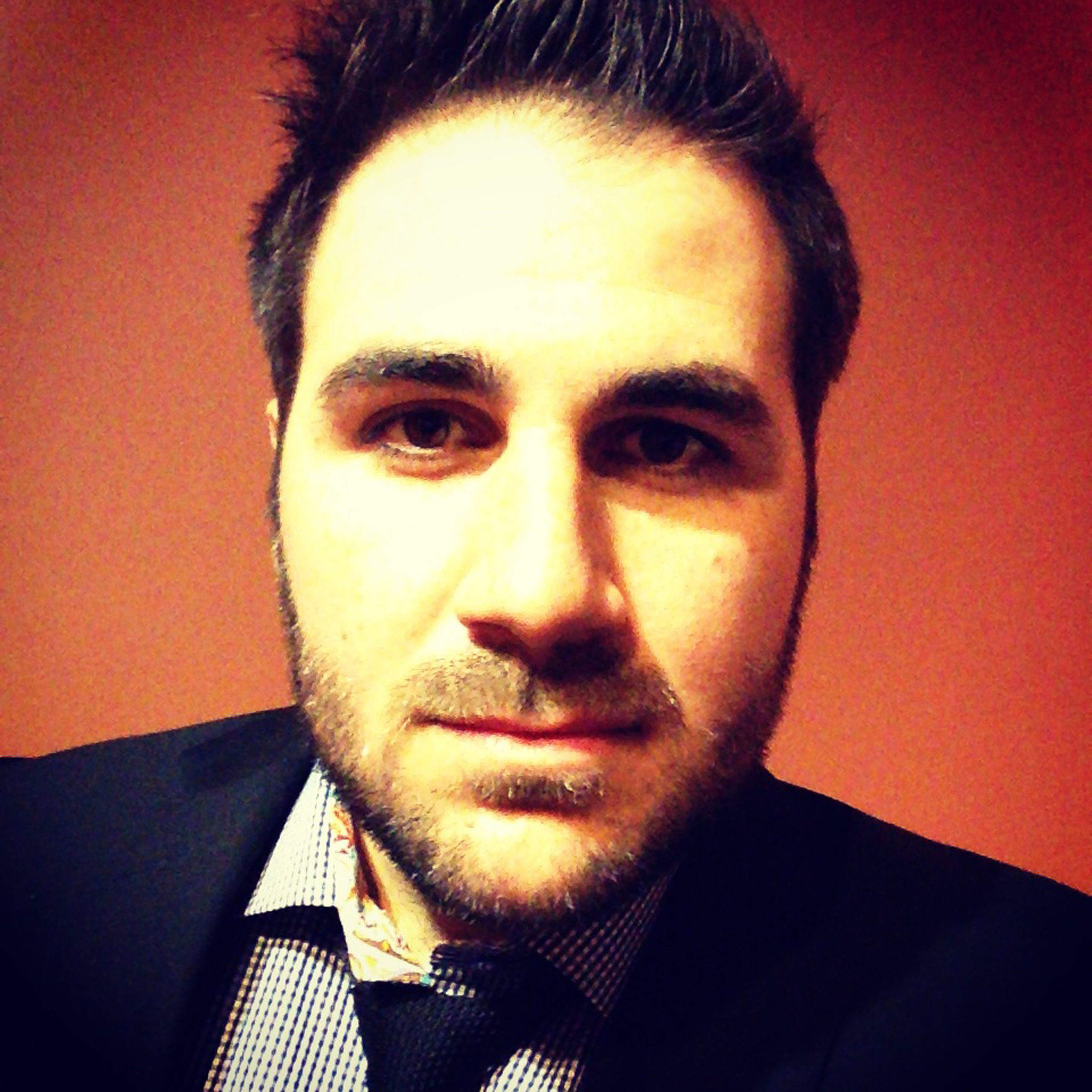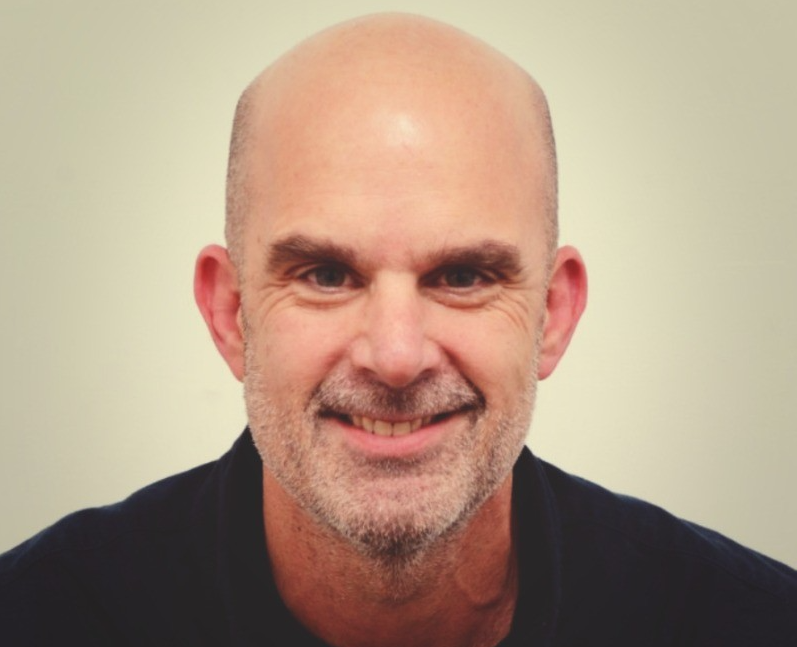 By Dan Parsons, Ora Interactive CEO and DRYV co-founder
By Dan Parsons, Ora Interactive CEO and DRYV co-founder
When entrepreneurs are generating ideas, they often are in such a creative frame of mind that they feel the need to create not only a brand new product or service, but a new need within the market. They want to create something uniquely theirs, and that extends to creating a product need. Many believe that creating a market need is the only way to be successful or truly original, but what entrepreneurs don’t often realize is the value in fulfilling an existing need or fulfilling it better than competitors.
Take our recent experience in launching DRYV, an on-demand dry cleaning and laundry service. Finding a strong product-market fit allowed us to focus on other challenges of the business, and not spend additional resources understanding if consumers actually want what we’ve created. We weren’t creating a new dry cleaning product, but rather fulfilling a need consumers already struggled with (finding time to pick up and drop off dry cleaning). We could therefore divert resources away from selling consumers on the concept and reach more consumers at a faster rate than our competitor. The quality of our service improved as well, as we improved on a service that’s already desired.
Establishing rather than creating product-market saves time, money and resources. First and foremost, a natural fit validates that you’ve created something people want. Secondly, all of the struggles that come with user acquisition get significantly easier. Hitting the sweet spot in a market versus creating a new one are two entirely different scenarios to be in when building a business. If you can find a way to gracefully ‘fit’ into a market that’s already in need, there tends to be less risk. Creating all of the awareness, education, and reinforcements needed to generate an entirely new market is expensive, and cost of failure is significantly higher.
Here are some tips for creating a product-market fit:
Consider affordability first
Quality is extremely important, but if you are going to gouge consumers in the name of quality, you are not creating a product-market fit. Find the right price for the target consumer and compare it to competitors.
Take the eyewear brand Warby Parker. Everybody knows the stylish eyewear business is high margin. Distribution, licensing and retail markups mean that frames can exceed $300. By contrast, Warby Parker glasses start at $95 and don’t go much higher than $150—and that is for prescription sunglasses. By building their brand online and staying out of the retail business, they’re able to keep costs low. They do this by dodging retail markup and tricky distribution hurdles.
Smart design at the right time
There is a lot to be said about a product or service that has a creative design, but intelligent, timely design is much more important to creating a good fit. As the hipster fad crept into the mainstream and being a nerd became about as cool as being a pro athlete, a lot of new trends have been defined. Stylish eyewear was definitely a part of this movement. Warby Parker brings a fresh new design to glasses and promotes the quality of their materials, not just the good aesthetics. They were able to penetrate the market with the perfect design at just the right time.
Products that give back
When using a service or purchasing a product, customers want to walk away feeling good about the transaction. Why not give them a reason to feel that way? Brands that are socially conscious are proven to have longevity in the market. One way to do this is by donating product to those in need. This donation framework, recently made popular by TOMS Shoes just a few years ago with their ‘One for One’ program, has spread quickly. Warby has created its own ‘Buy a Pair, Give a Pair’ program. When people feel good about purchasing a well-priced item, it helps establish an emotional bond that they’re sure to remember.
Quality is key
If you are creating a product-market fit you are working toward a quality business that will last. Cheap products and poorly run services have a limited shelf life. Take Uber as a service example of creating a product fit rooted in quality. The quality of the average taxi and driver can be less than desirable in a big city. Giving users the ability to rate their driver and the quality of their vehicle goes a long way. It also feels good knowing there is transparency on the experience, which comforts the user and strengthens their loyalty to the brand.
Another aspect of Uber’s service that serves its customers well is automated payments to a credit card. Prior to Uber and mandated credit card machines in some cities, paying with a credit or debit card in a taxi was a challenge. Users were waiting for a better experience, and Uber was the first to deliver on this need. Put together, these factors have created a quality service, and prove how lucrative product fit can really be, as Uber is one of the fastest-growing companies in the world with approximately 80,000 users onboarded weekly.
If you’re thinking of starting a new company or creating a new service, it’s beneficial to do early tests to truly understand if there’s a fit in the market for your idea. As I’ve learned with DRYV, and as companies like Uber and Warby are demonstrating , there’s less friction getting early adopters when you don’t have to create a new market for your product, but simply ‘fit’ your product into a user base that’s already in need. By using a baseline of price, design, emotional transactions, and quality to drive a successful product fit, entrepreneurs are bound to see their startups grow into successful businesses.
# # #
Dan Parsons is the CEO of Ora Interactive, a leading mobile and web design studio in Chicago. He also co-founded DRYV, recently nominated as one of Chicago’s hottest startups. He currently contributes to a number of other Chicago startups and is a founding member of Ora’s incubator, Ora Ventures, as well as the digital alliance Ensemble.












